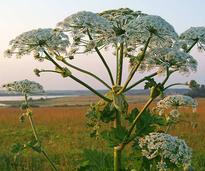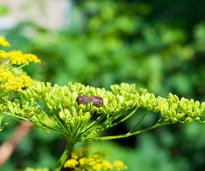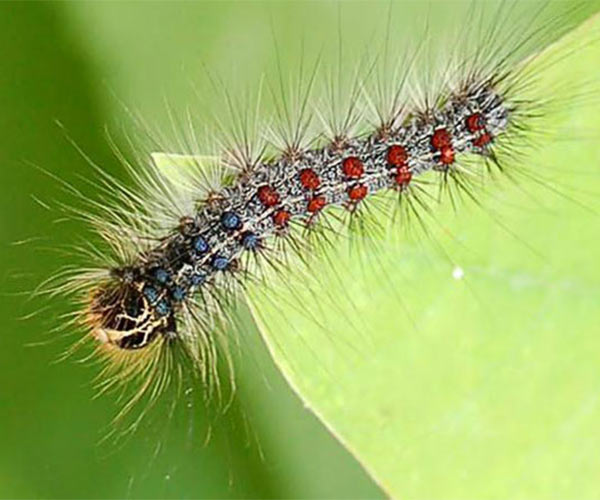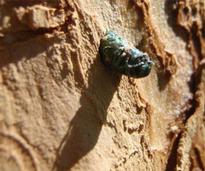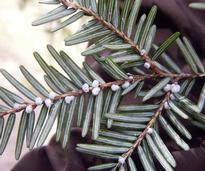Invasive Species & Harmful Plants Guide
The Adirondack Region offer numerous trails, waterways and wilderness areas to explore! In order to maintain the current ecosystem, we all have an important role to play. This guide is designed to help you identify invasive species that can have harmful effects on native fauna and flora and learn what you can do to help! We also highlight some nuisance plants you may want to avoid for your own safety.
While you're out hiking, biking, or waterfall hunting, please remember to be aware of your surroundings and take caution around harmful plants, knowing some can cause mild to severe reactions. Before boating or paddling, learn about simple measures you can take to make sure you don't introduce aquatic invasive species into Adirondack waterways.
See below for more information on invasive species and harmful plants you may encounter while out and about in the Adirondacks.
Harmful Plants
With smooth green leaves and red, woody stems, learn why Poison Sumac is to be avoided if you come across it in the North Country.
Photo Credit: Joshua Mayer: Poison Sumac (Toxicodendron vermix)(license)
Invasive Insects
Check out our wildlife guide for identifying any critters you may see along your travels as well »
